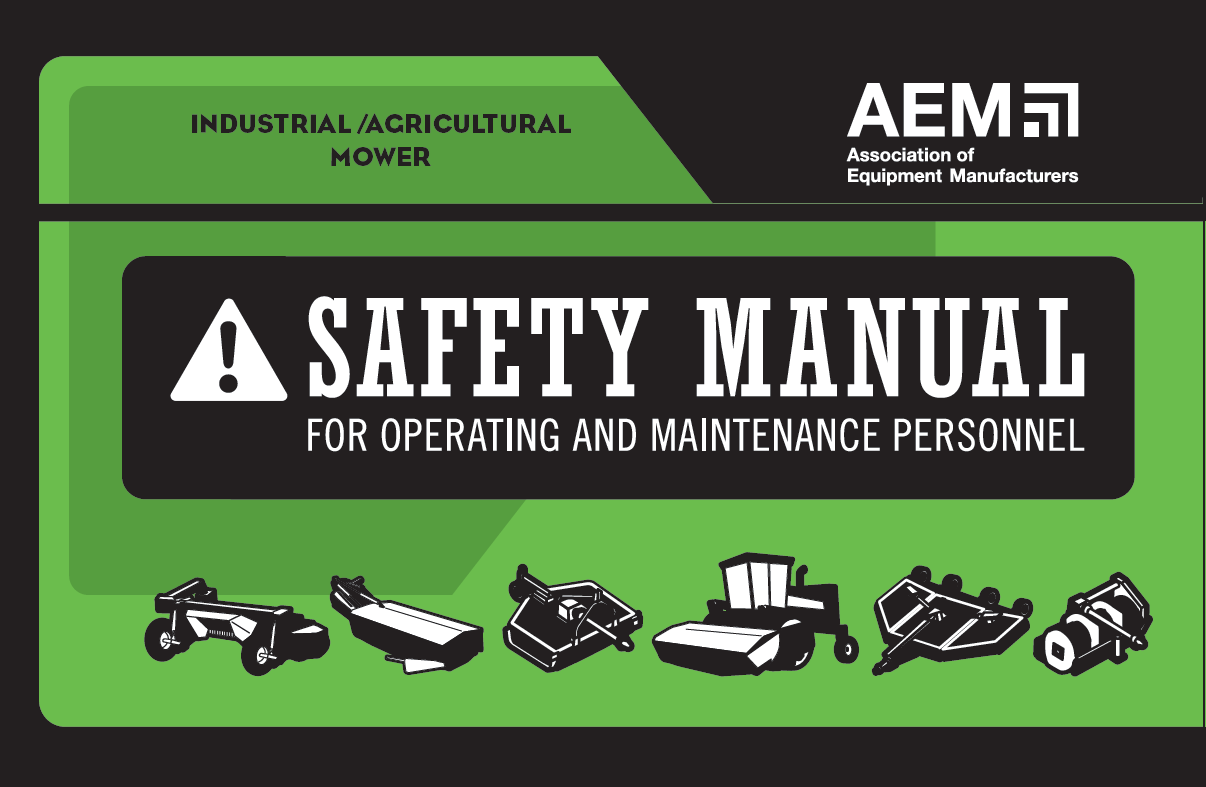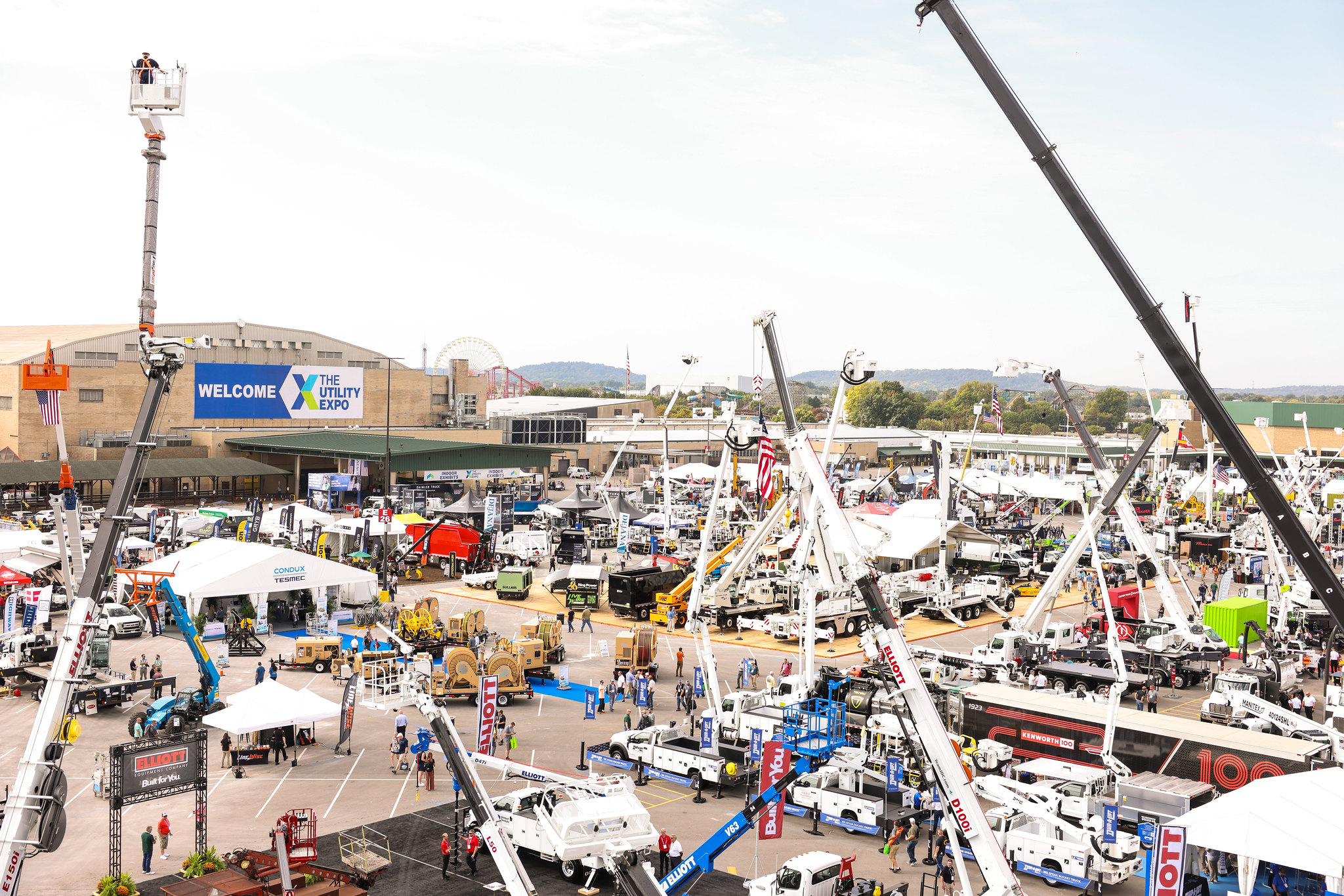The U.S. EPA late last year announced its Proposed Rule, Phasedown of Hydrofluorocarbons: Restrictions on the Use of Certain Hydrofluorocarbons Under Section (i) the American Innovation and Manufacturing Act of 2020, intending to restrict the use of hydrofluorocarbons (HFC) in various industry sectors, including the nonroad equipment sector.
The rule, released on Dec. 15, is poised to have a tremendous impact on the equipment manufacturing industry. AEM, along with many of its industry partners, responded with comments to the EPA. In addition, AEM’s Safety & Product Leadership Team will engage further with relevant industry stakeholders throughout the rulemaking process.
HFCs are commonly used as refrigerants in air-conditioning and cooling systems. The primary HFC refrigerant used by the heavy-duty, nonroad equipment industry is HFC-134a. This widely used substance was first introduced in the early 1990s to replace R-12, an Ozone Depleting Substance (ODS). Despite the relatively low ozone depleting potential of HFC-134a, over time various stakeholders identified the HFC family as a potent source of greenhouse gas (GHG) pollution, and a prime target for transitioning away. This effort resulted in the American Innovation and Manufacturing Act or 2020 (AIM Act), which established a schedule to phasedown the use of HFCs over an extended period of time.
The EPA uses Global Warming Potential (GWP) as a metric for indicating how potent a gas is as a contributor to climate change, and an indicator of the type of refrigerant allowed for use in commerce. The Proposed Rule establishes a GWP limit of 150 for refrigerants manufactured, distributed or exported for use in motor vehicle air conditioning systems in nonroad vehicles, with a compliance date of model year 2026. This restriction limit of 150 GWP would effectively forbid the use of HFC-134a by 2026, forcing manufacturers to transition to low GWP refrigerant alternatives like HFO-1234yf on an accelerated compliance timeline.
If you or your company have any questions or want to get more involved, please reach out to AEM Senior Director of Safety & Product Leadership Jason Malcore at jmalcore@aem.org.
Subscribe to the AEM Industry Advisor for more information on issues important to the equipment industry.





